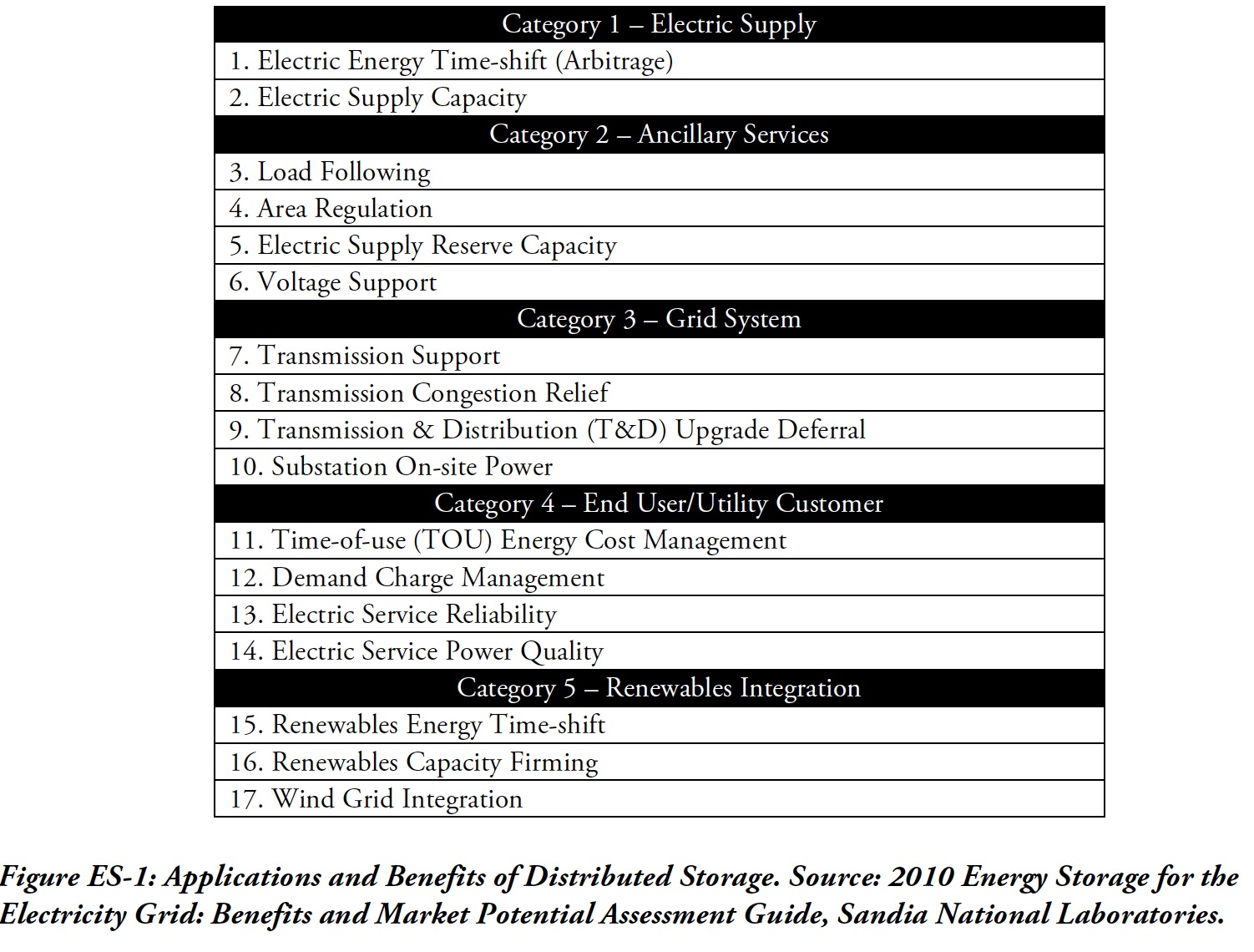
INTERSTATE RENEWABLE ENERGY COUNCIL (IREC)
In the last 10 years the percentage of electricity generated in the United States from renewable sources, has grown at an impressive rate, including significant amounts of generation located on the distribution system. Solar photovoltaic (PV) electricity systems in particular have evolved rapidly from a once-niche technology to one that is now widely used by schools, households, businesses and utilities across the country. Distributed renewable energy offers a wide range of environmental, societal and customer benefits, however their introduction in large numbers will require innovative and forward thinking regulatory policies in order to smoothly integrate them into the existing electrical system.












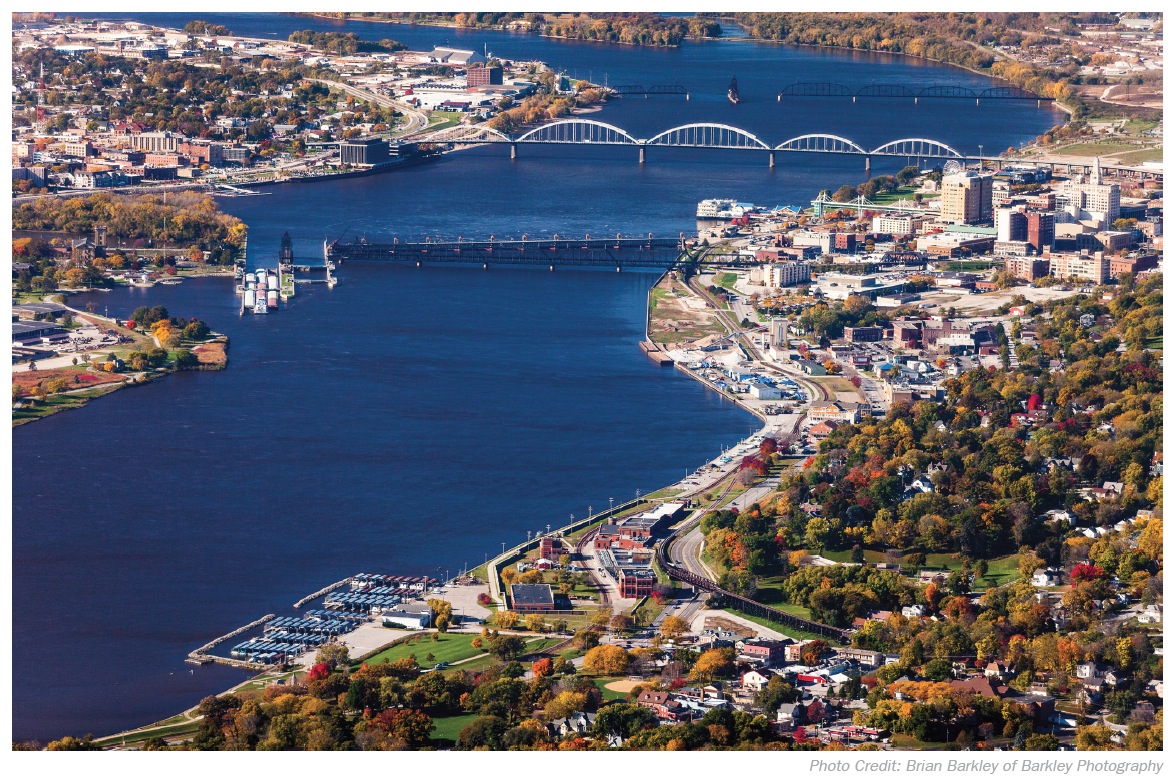
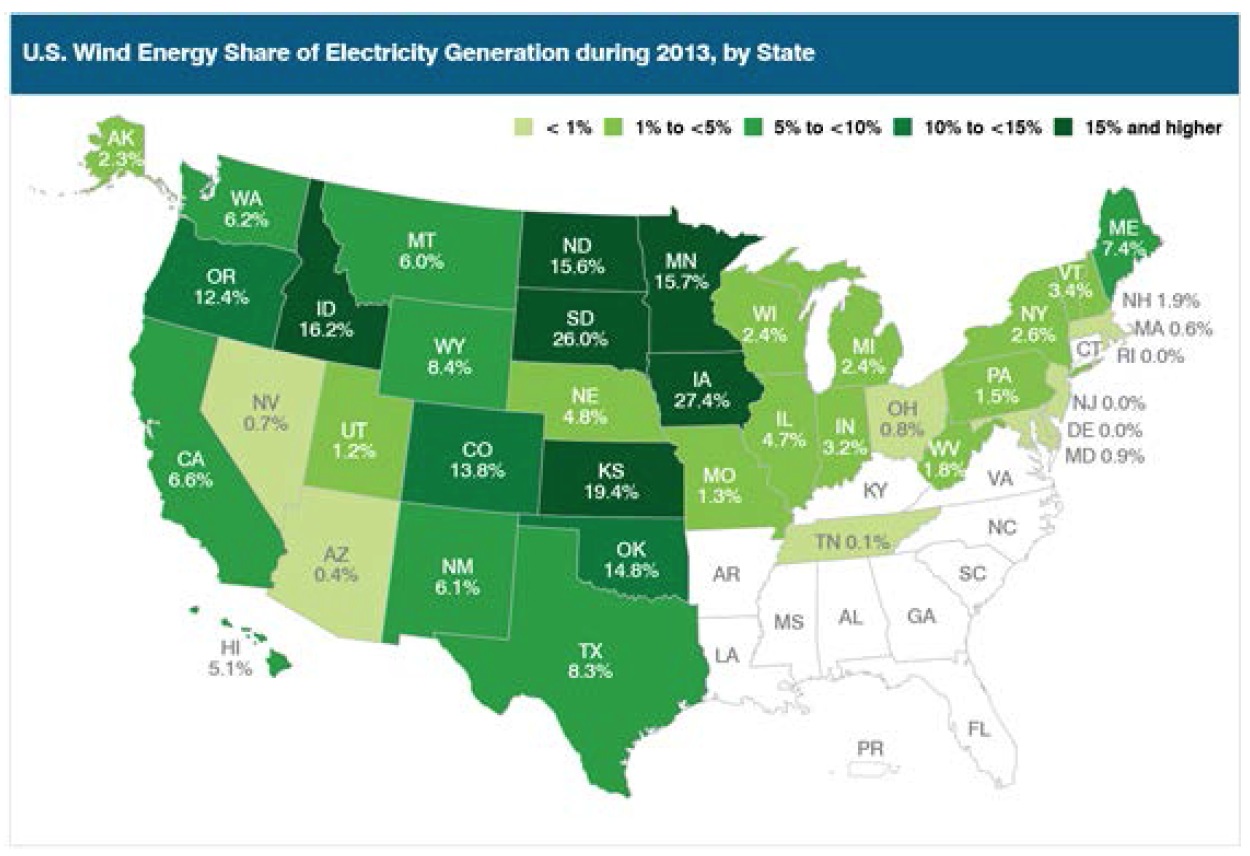
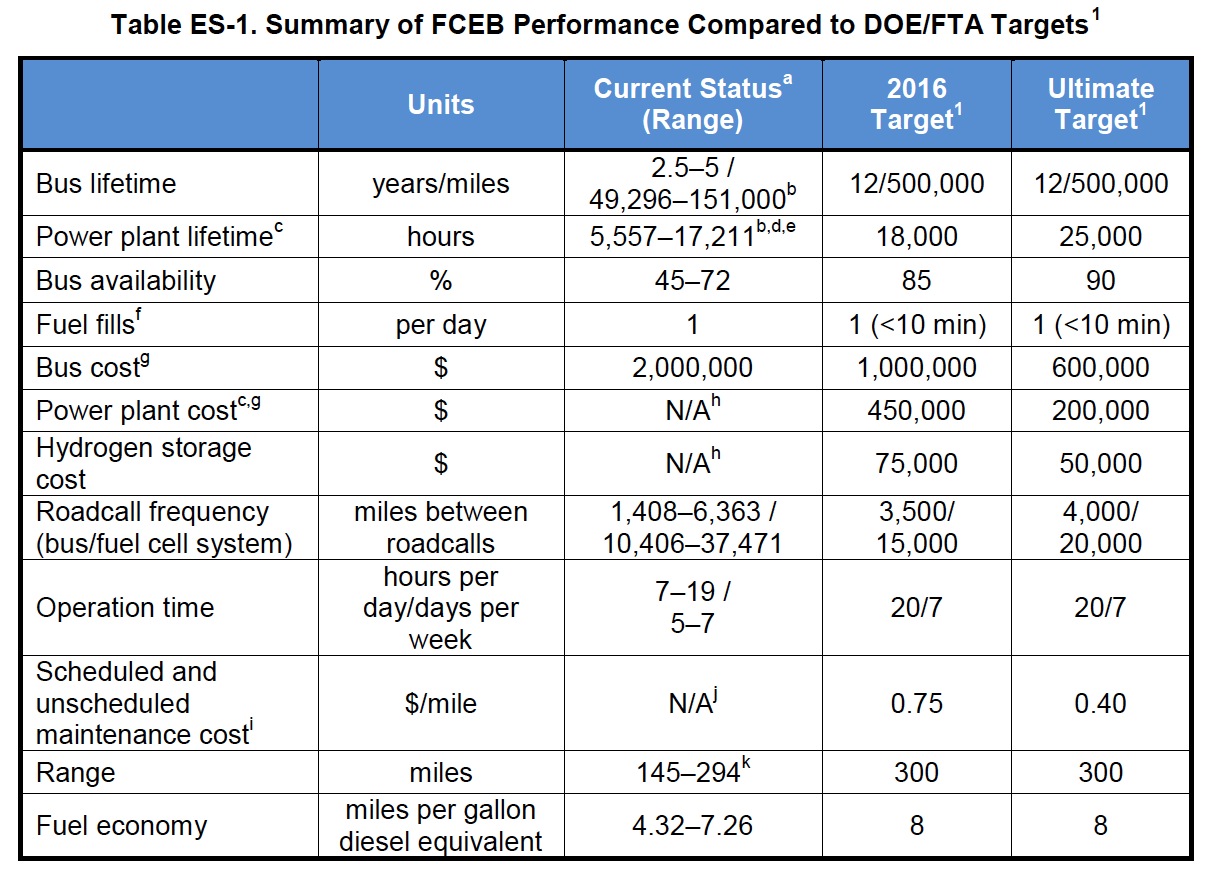
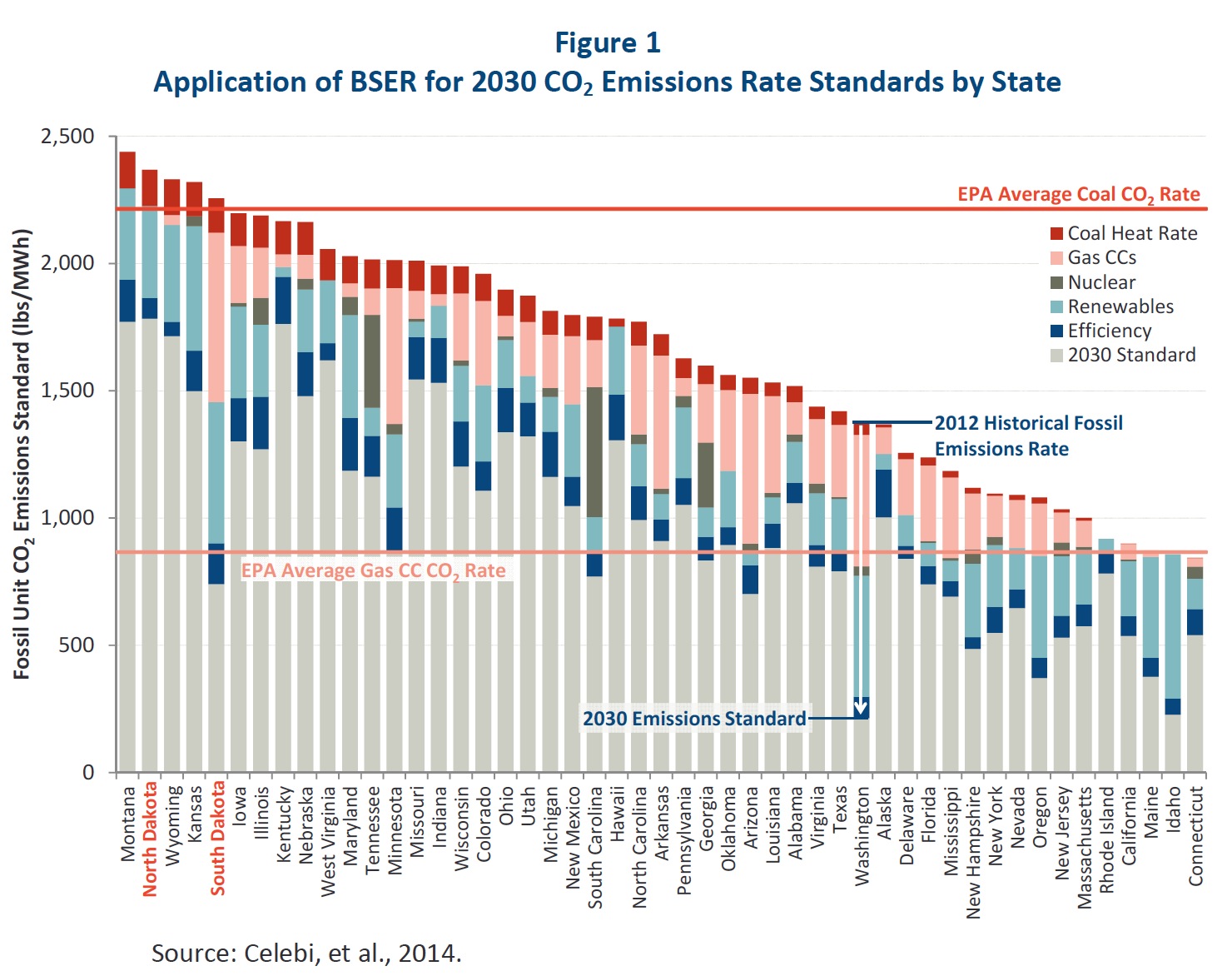

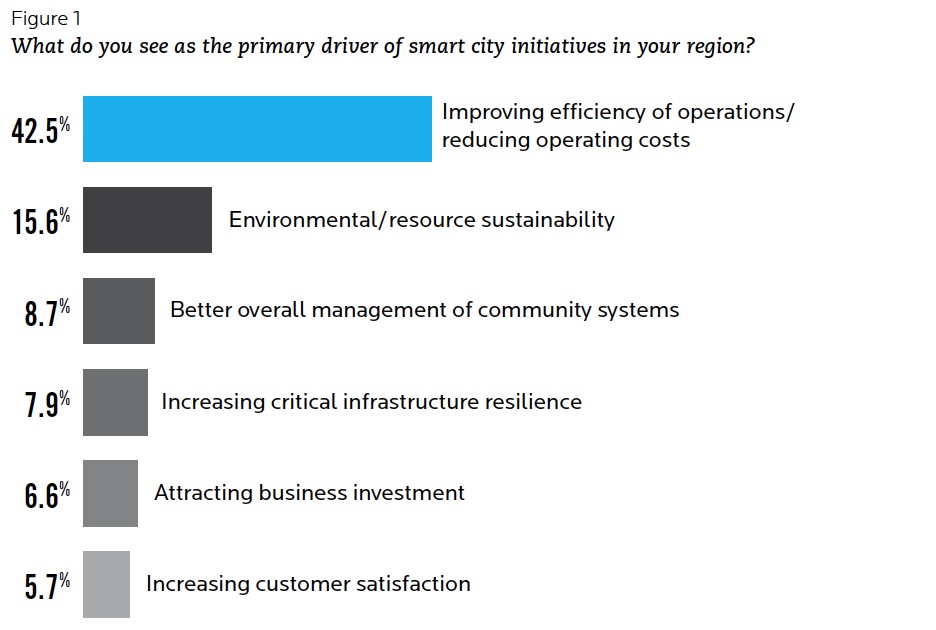
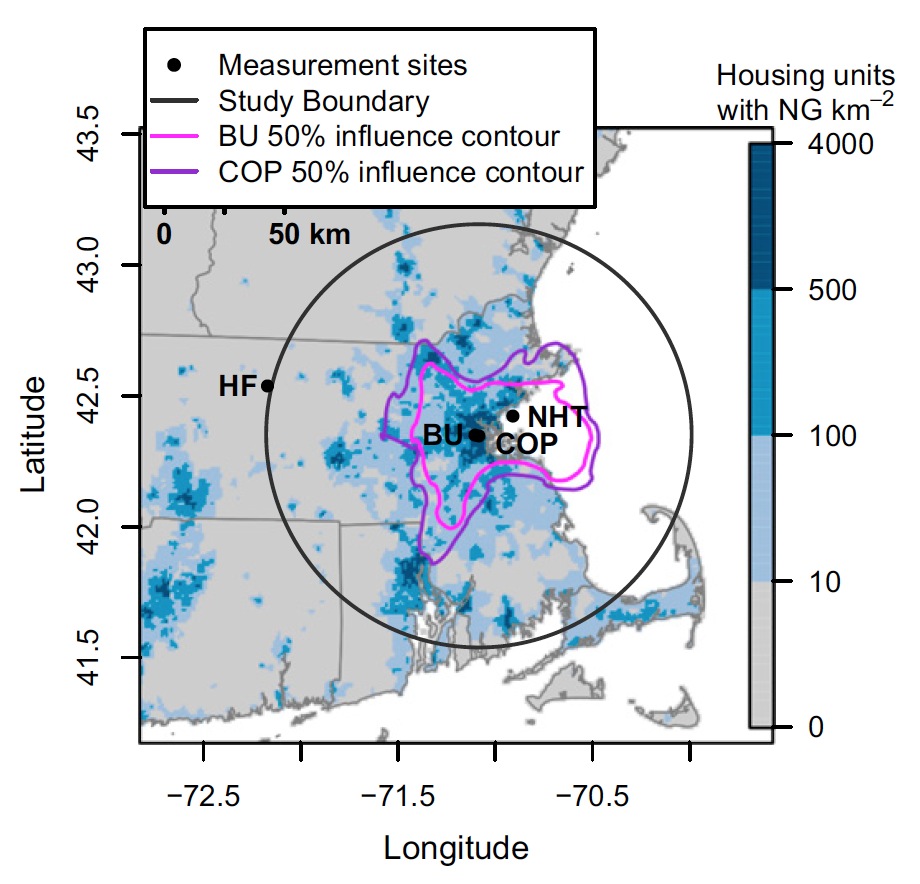
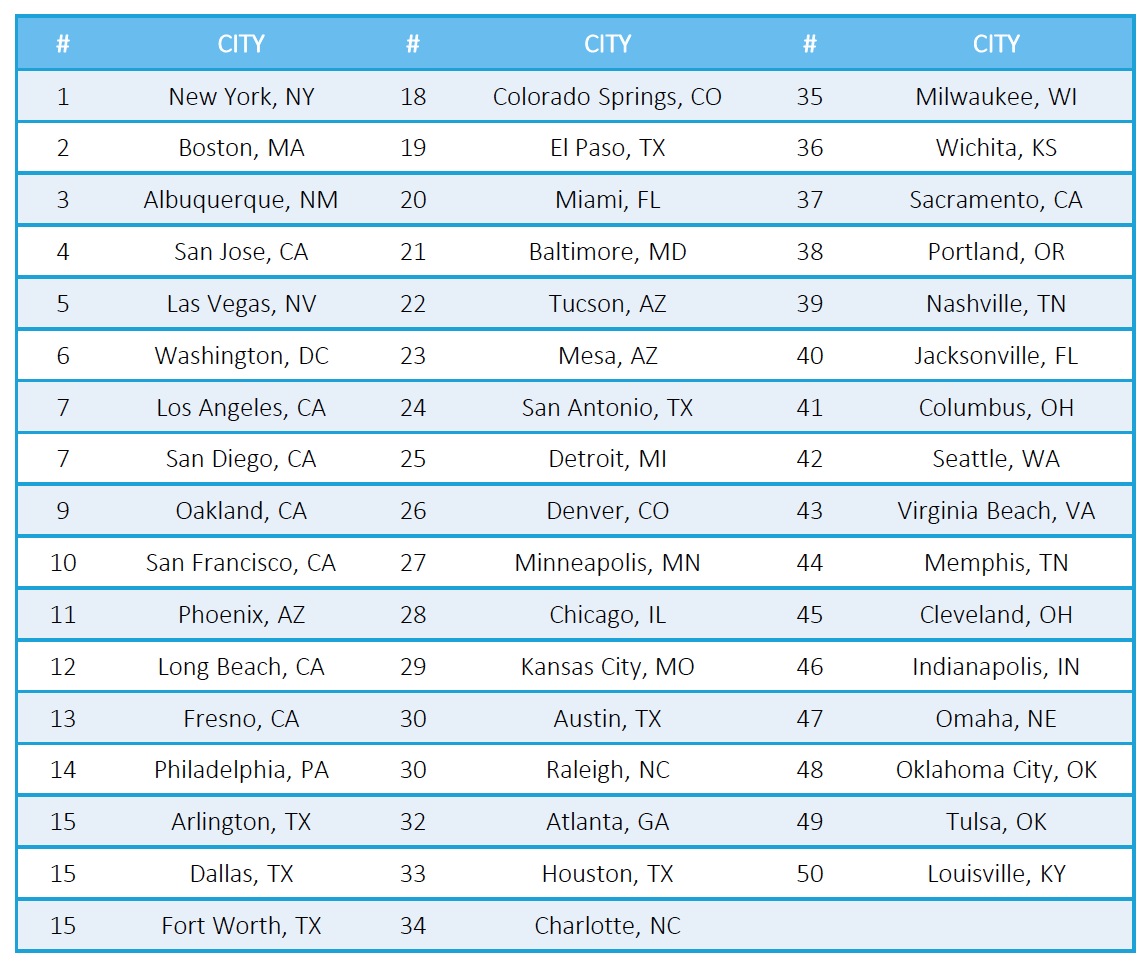

 RSS Feed
RSS Feed